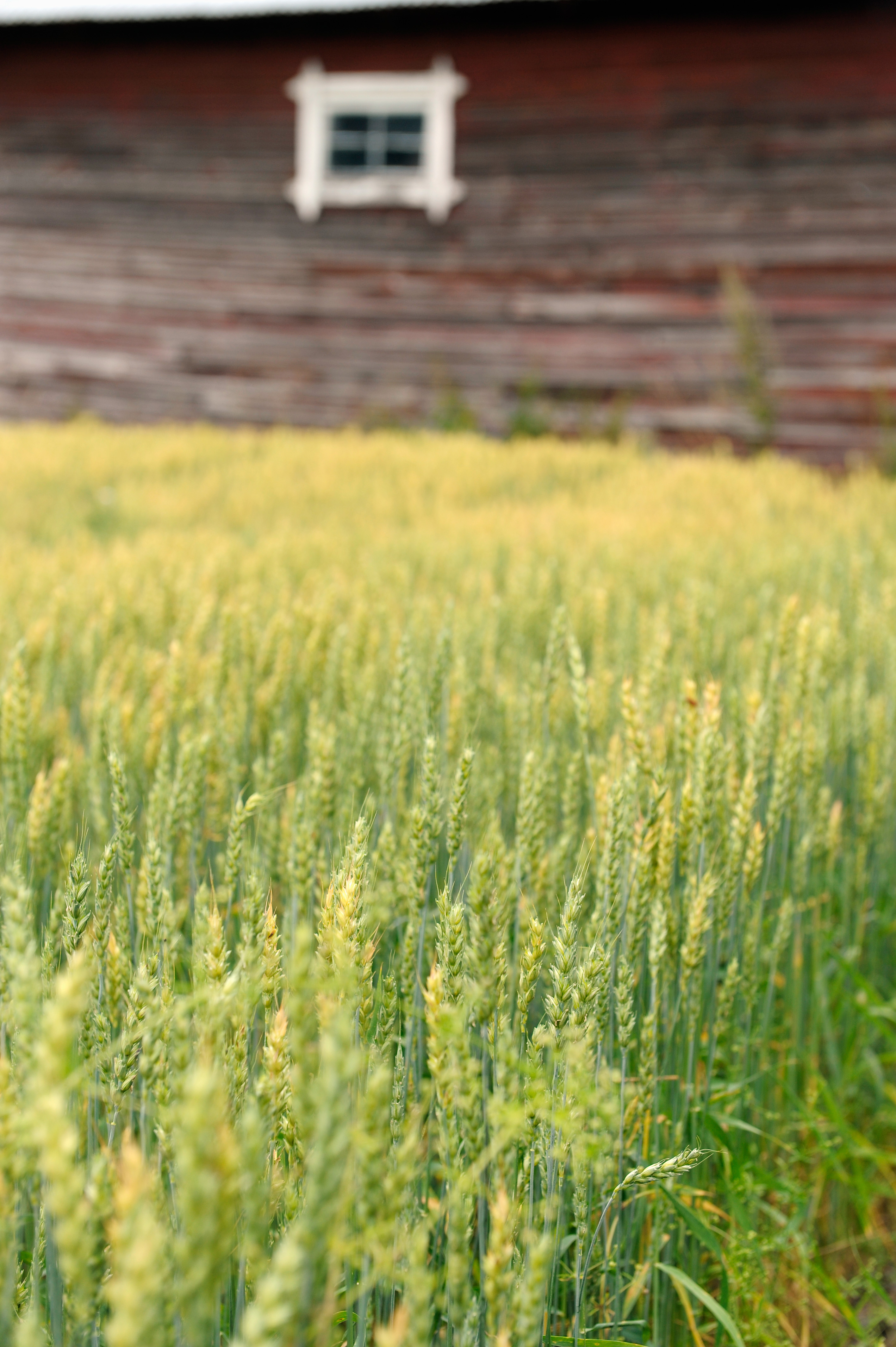What is Green Growth?
In this publication, green growth is understood according to the definition developed by the OECD and Green Growth Knowledge Platform in 2016:
Green growth means fostering economic growth and development while ensuring that natural assetscontinue to provide the resources and environmental services on which our well-being relies. It focuses on the synergies and trade-offs between the environmental and economic pillars of sustainable development. It seeks to spur investment and innovation in ways that give rise to new, more sustainable sources of growth and development.
Importantly, green growth does not neglect the social pillar; on the contrary, without good governance, transparency, and equity, no transformative growth strategy can succeed. Moreover, there is no one-size-fits-all strategy for implementing green growth; rather, specific policies and actions need to respond to national priorities and circumstances.
Why is the regional approach important?

The economic benefits of environmental action, including concepts like concepts like green growth, circular economy and bioeconomy, are of increasing interest in Europe and around the globe. This interest is largely fuelled by the ongoing impact of the financial crisis but also relates to concern about the regional disparities that are increasingly evident in European countries. With respect to the latter, many Nordic regions are dealing with the challenges presented by the ageing population, the increasing trend towards urbanisation and scaling-down of traditional large-scale industries. Given this picture, a transition to a greener economy offers more than environmental sustainability – it can also serve as an engine for innovation, growth and resilient regions.
Building greener societies requires a holistic approach as well as collaboration across disciplines and governance levels on an unprecedented scale. In Nordic regions, many of the preconditions for a successful transition to the green economy are already in place. The Nordics have a strong scientific knowledge, a rich natural resource base, a firm tradition of cooperation on climate and energy, and Nordic companies are at the forefront of clean tech and bioeconomy development.
However, considerable work remains to fully optimise the support framework for greener economy and to encourage green innovations, entrepreneurship and more sustainable ways of living. Regions are key players in creating and implementing green growth and green innovations, and therefore green growth activities necessitate a strong territorial approach. The development of greener economies must be built on well-founded knowledge and an understanding of regional differences and competitive advantages. Green growth looks different in each region and thus its inclusion in regional development strategies should occur in a manner that takes into consideration the regional typology and strengths. Generating green growth at a regional level requires place-based actions and policies that take into account social inclusion and equality while simultaneously managing the limits set by the natural environment. Social wellbeing, for example, does not automatically follow-on from the economic growth created through green initiatives. As a result, it is important to consider topics such as equality, inclusion and community engagement as an integral component of greener, more sustainable societies.
With this in mind, there is a constant need to consider a number of elements including good governance, public-private partnerships, investment and innovation and underline their role for the transition to greener economy in the Nordic regions.